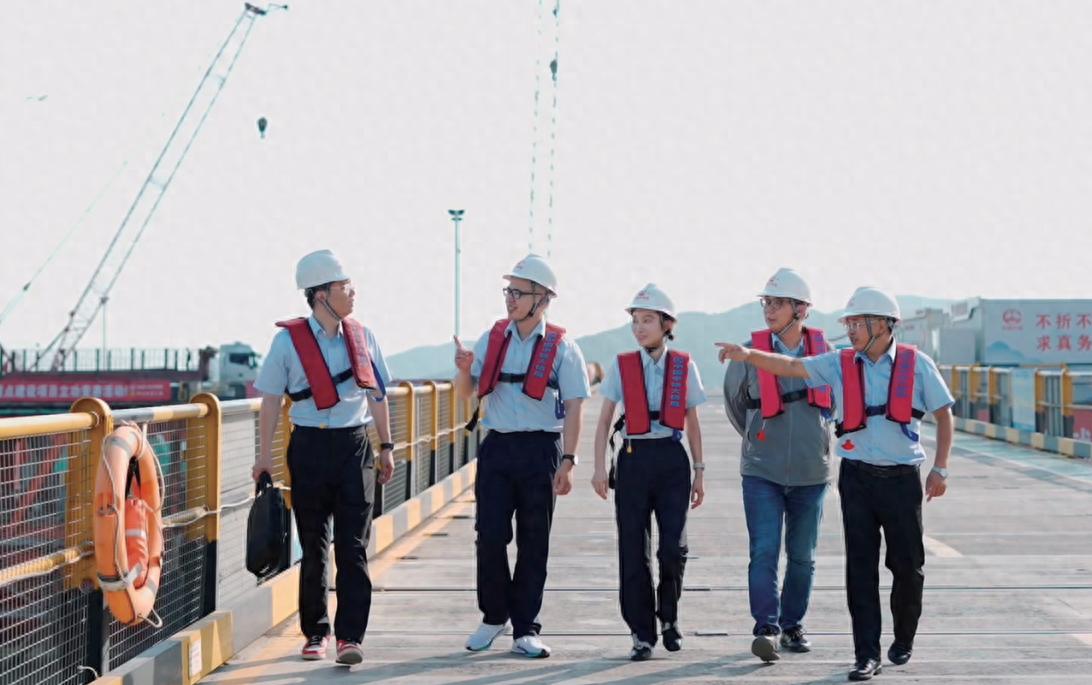
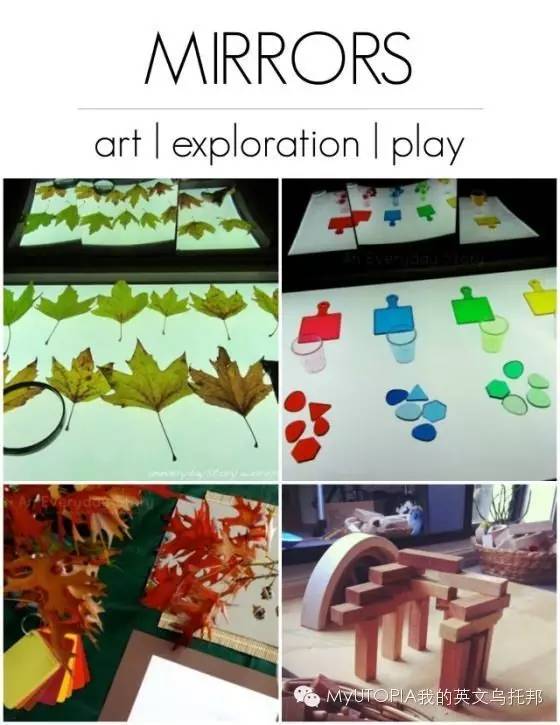
Over the last few years I have seen more and more people incorporating mirrors into their children’s play. Questions have gone fromwhy areyou using mirrors?andaren’t you afraid your child will break them?to where do you buy your mirrors and how can I use them more effectively?
在过去的几年中,我看到越来越多的人把镜子融入到了孩子的游戏和探索中。问题就由此而来了:你为什么要使用镜子?你不怕你的孩子会打碎它吗?你在哪里买的镜子?我怎么才能更有效地去使用它们?
For today’s post I thought I would talk alittle about incorporating mirrors in your child’s play along some of the ways we use mirrors most effectively.
在今天的文章中,我想和大家讨论一下如何把镜子融入到孩子的游戏中,并分享一些我们使用镜子时最有效的方式和方法。
Here’s a little something I wrote in that post:
这是我以前写的一些关于镜子的感想:
” One of the first things I noticed when we started going to our Reggio-inspired playgroup was the use of mirrors. Not just in the dress-up corner but in all corners of the room; on the tables with the activities, on the ceiling, behind plants and down low on the walls. They looked beautiful, but with all things Reggio, they had to have a purpose. Everything in the Reggio-inspired environment is carefully considered.
最初注意到镜子是在我们开始参加瑞吉欧理念的亲子活动时,在瑞吉欧启发式的环境中,镜子不仅仅出现在角色扮演区域,而是在教室的任何一个角落你都能发现镜子的存在:在桌子上,在天花板上,或是植物的后面,墙角下面等等。它们看上去很美丽,在瑞吉欧的环境中,每一样东西都有它存在的目的,也都是经过仔细考虑来摆设的。
Then I started to notice the children interact with the mirrors. They move beyond admiring their own reflection in different funny wigs and start to see how different objects appear when reflected in the mirror. They start to use objects differently; they use themirror as part of their play and their inquiry.
然后我开始注意到孩子们与镜子之间的互动和交流。他们爬上去欣赏他们的倒影,看镜子里他们带着各种好玩假发的映像,而后开始注意当物体反射到镜子中映像的不同。他们开始用不同方式使用各种物品,镜子逐渐变成他们游戏和探索中不可缺少的一部分。
In the block corner, suddenly another side is visible, the children will look at what they are building not only from the front but also as it is reflected in the mirror; you can see them thinking as they consider this other dimension to their play.
在积木区角里,忽然发现积木的另一边也能看到后,孩子们开始不仅仅从前方观察他们所搭建的积木了,而是从镜子的反射里看到各个角度。你可以看到孩子们的思考,他们开始意识到在游戏中的另一个维度。
When a mirror is offered as part of an art experience, say underneath a lump of clay, the children work differently thanwhen the clay is placed on a tile. The mirror becomes a part of what they are creating.
当把镜子作为艺术探索的一部分时,比如放在一块陶泥下面,孩子们就会自然地尝试不同的工作方式,这比简单地把陶泥放在一块瓷砖上要更有启发性。镜子变成了他们创造的一部分。”
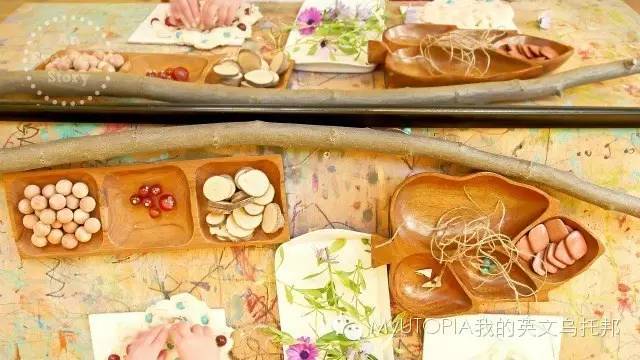
Incorporating Mirrors 与镜子的融合:
Since writing this post, using mirrors in children’s explorations (including art) has become second nature; I am always reaching for a mirror to complete the set-up.
自从写了这些感想后,在孩子们的探索中(包括艺术活动),使用镜子成为了我们不变的习惯。我经常去搜寻各种镜子来完成探索活动的设置。
You can use a mirror 你可以这样使用镜子:
在观察性艺术活动的设置中,放置于观察物体下面
放置在玩具架上的玩具后面,这样可以反射出光来达到强调材料的目的
倚在墙面进行一个艺术的探索
放置在墙面比较低的高度,前面摆放一个地毯,供婴儿玩耍
在积木搭建区里
放置在所探索的材料下面
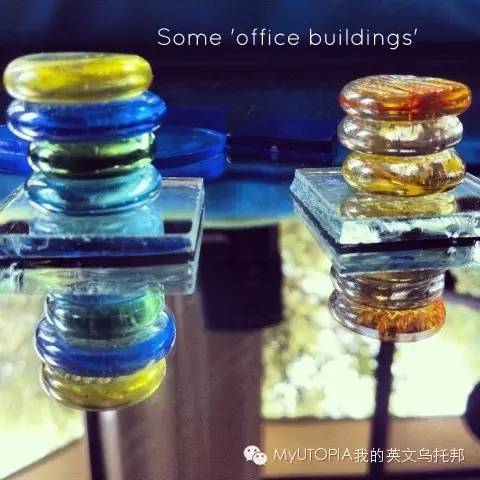
放置在一系列透明的零件下面
可直接在镜面上绘画
可在镜面上进行图案创作以及数学/读写活动
放置在墙面比较低的高度,在设置的“小世界”后面
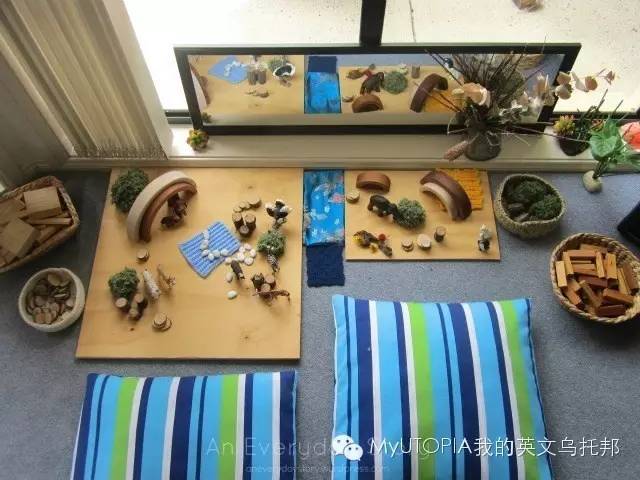
放置在架子上各种材料的下面
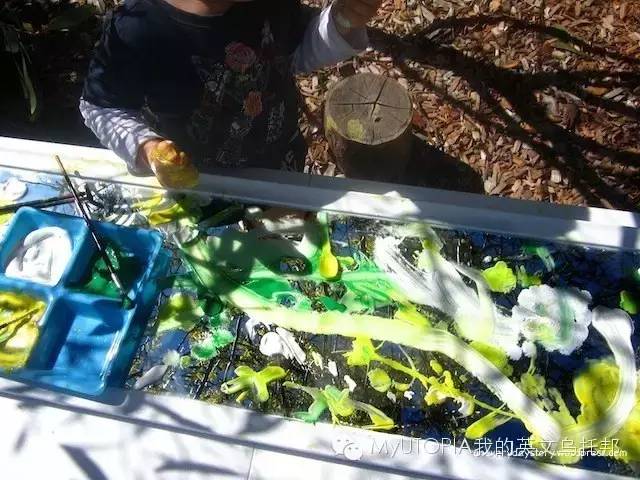
and here’s a little inspiration for you…
这里给大家一些小小的启发…
Pinterest Inspiration
来自Pinterest的启发
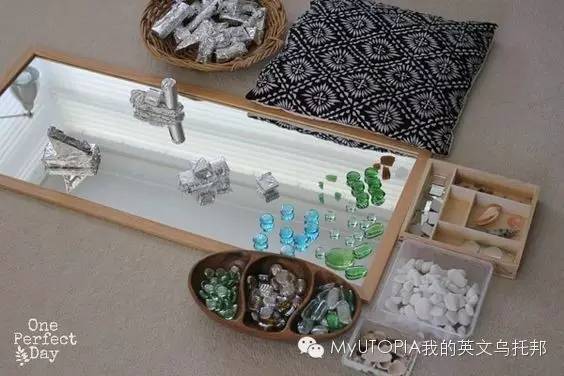
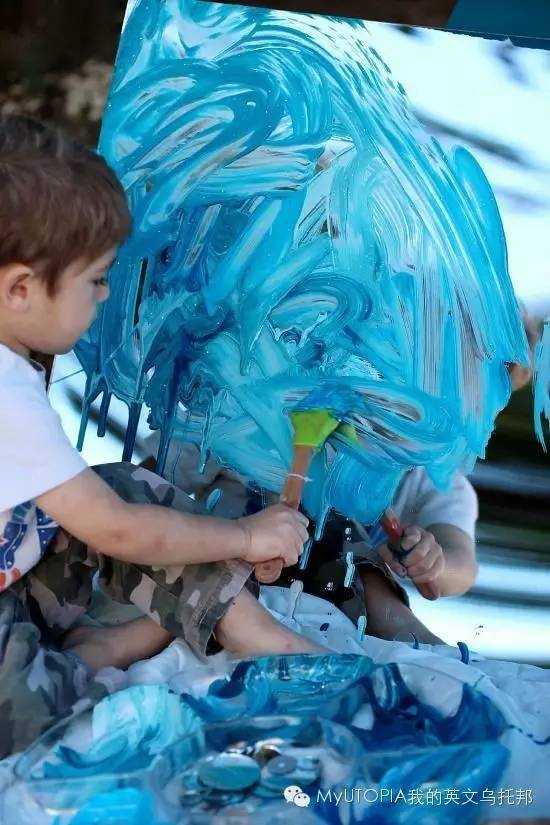

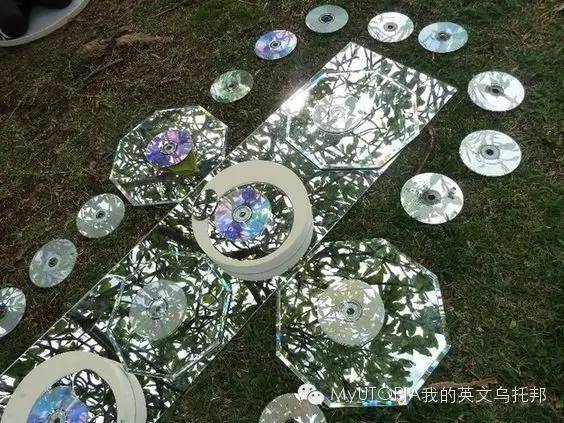
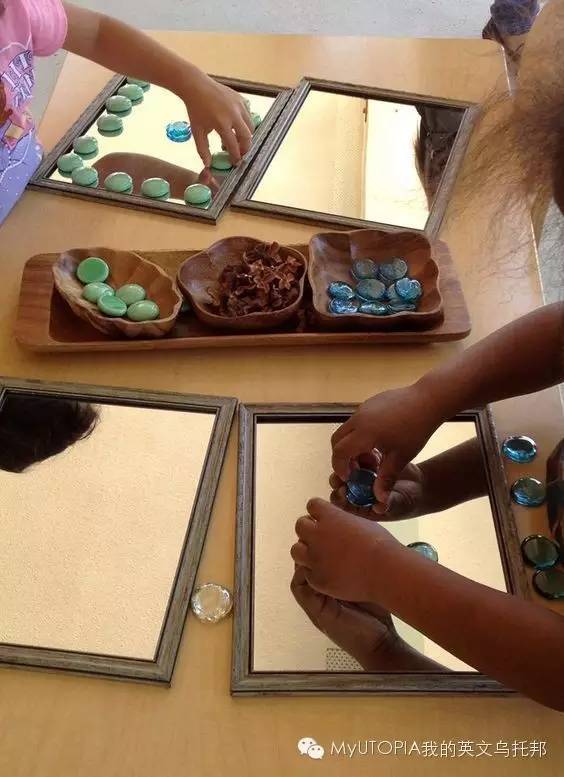

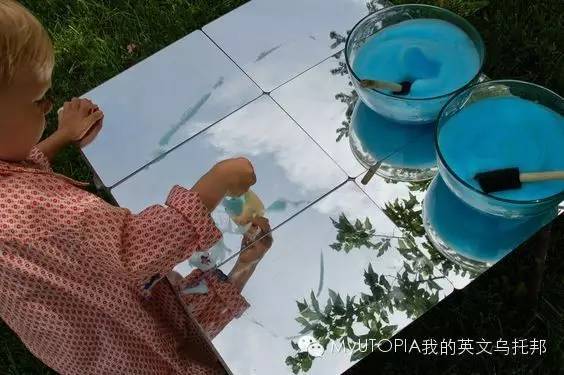
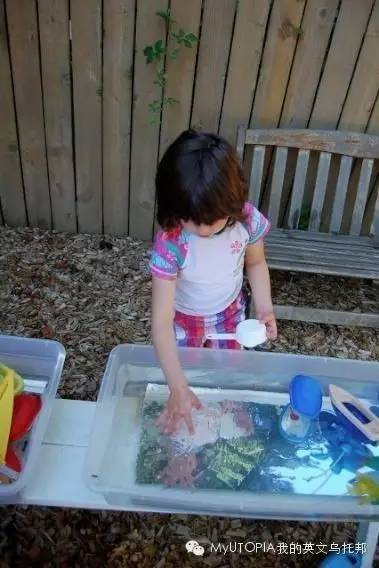
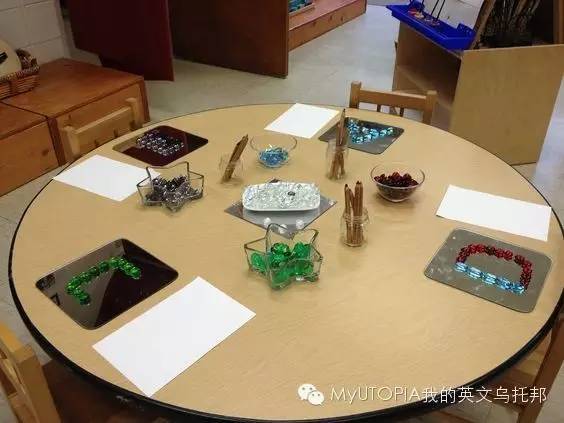
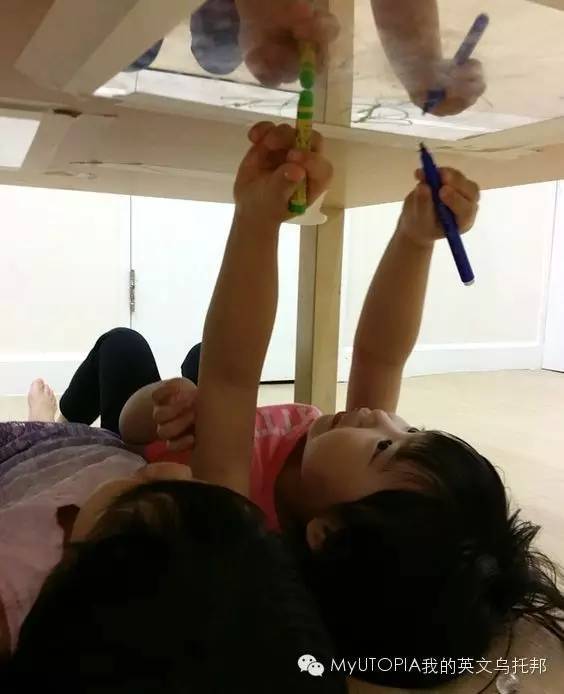
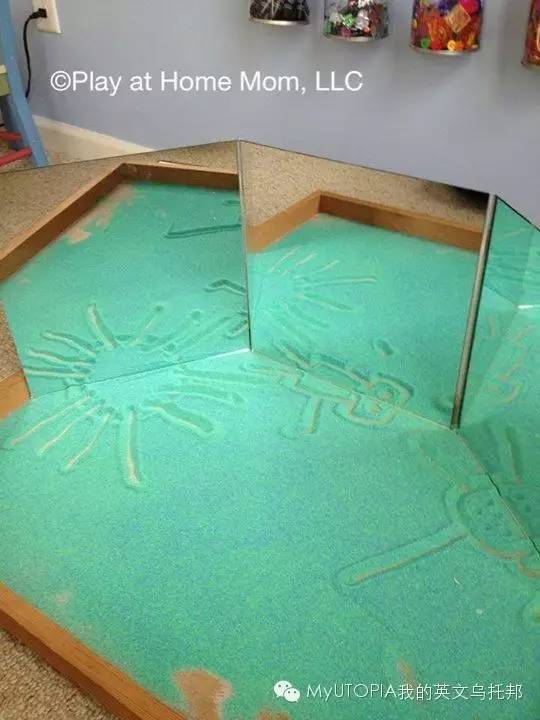
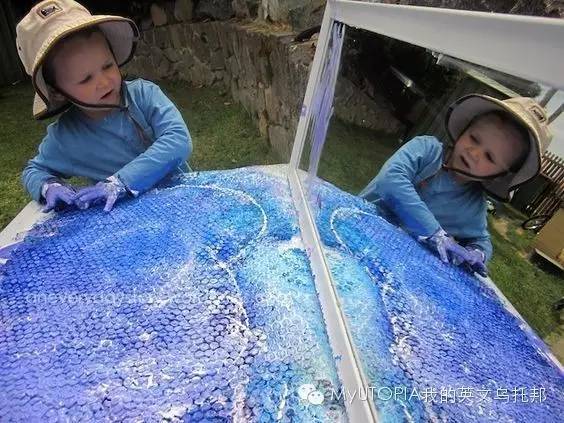
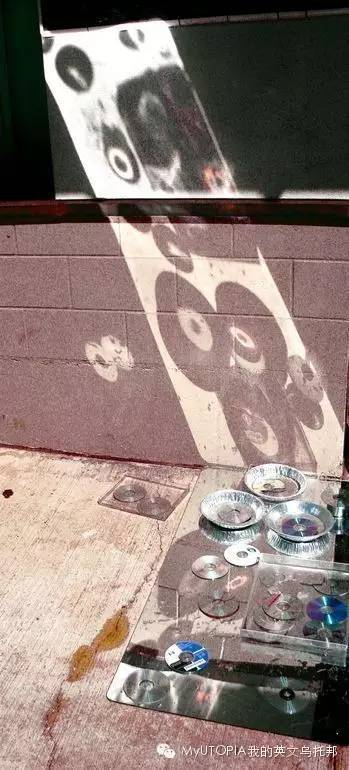
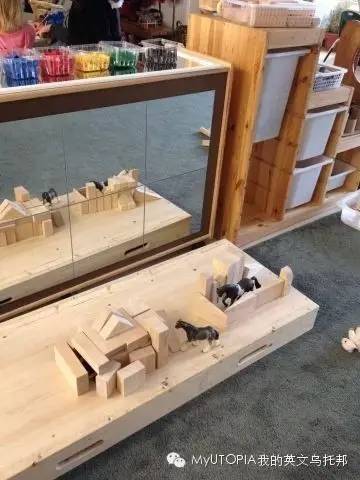
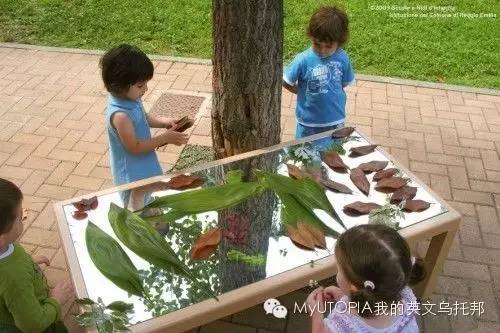
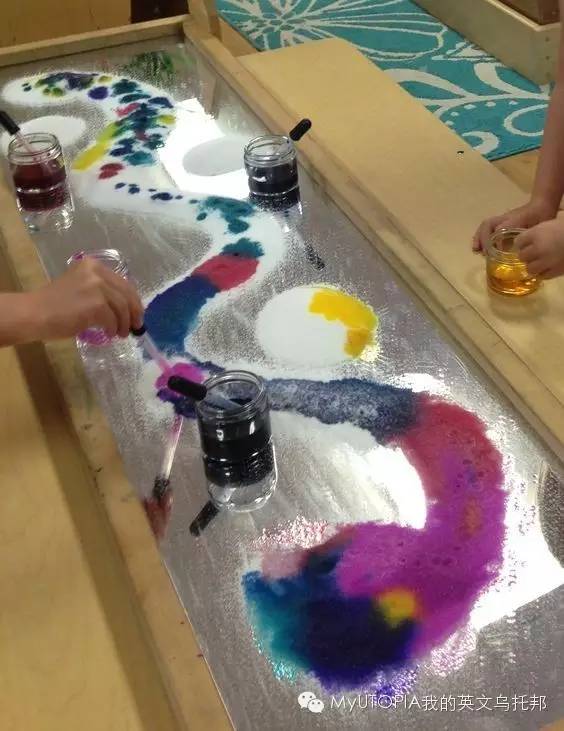
限 时 特 惠: 本站每日持续更新海量各大内部创业教程,一年会员只需98元,全站资源免费下载 点击查看详情
站 长 微 信: lzxmw777






